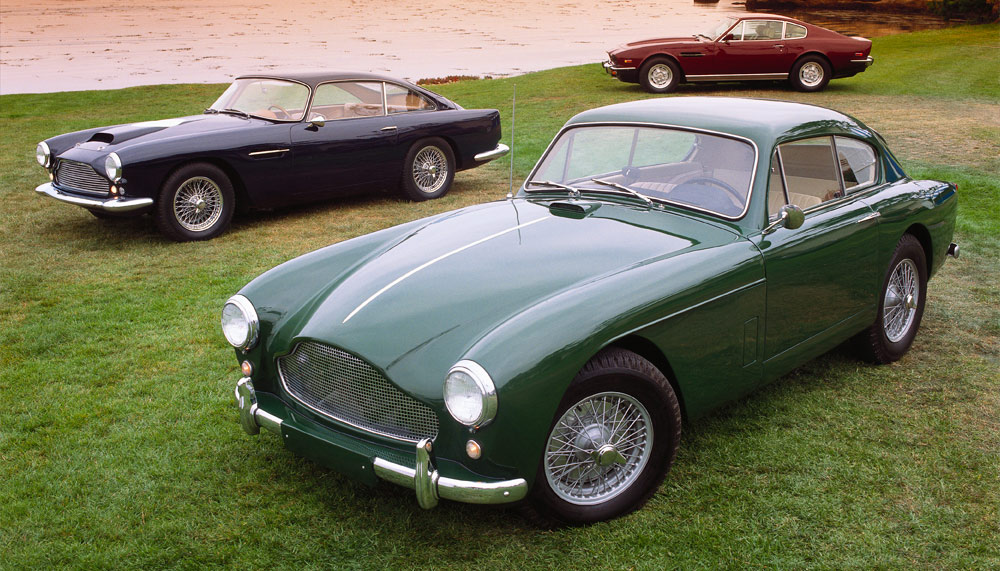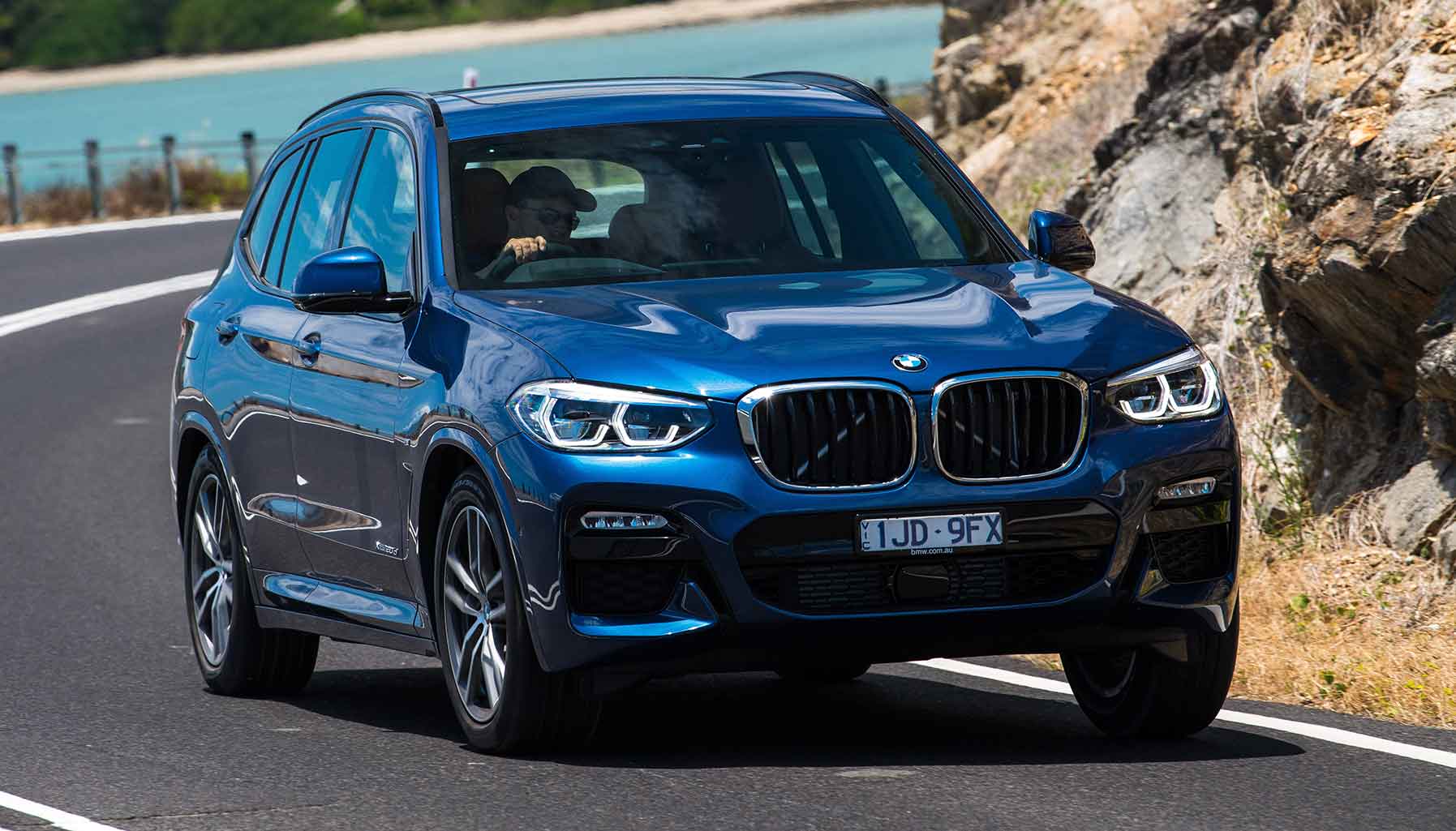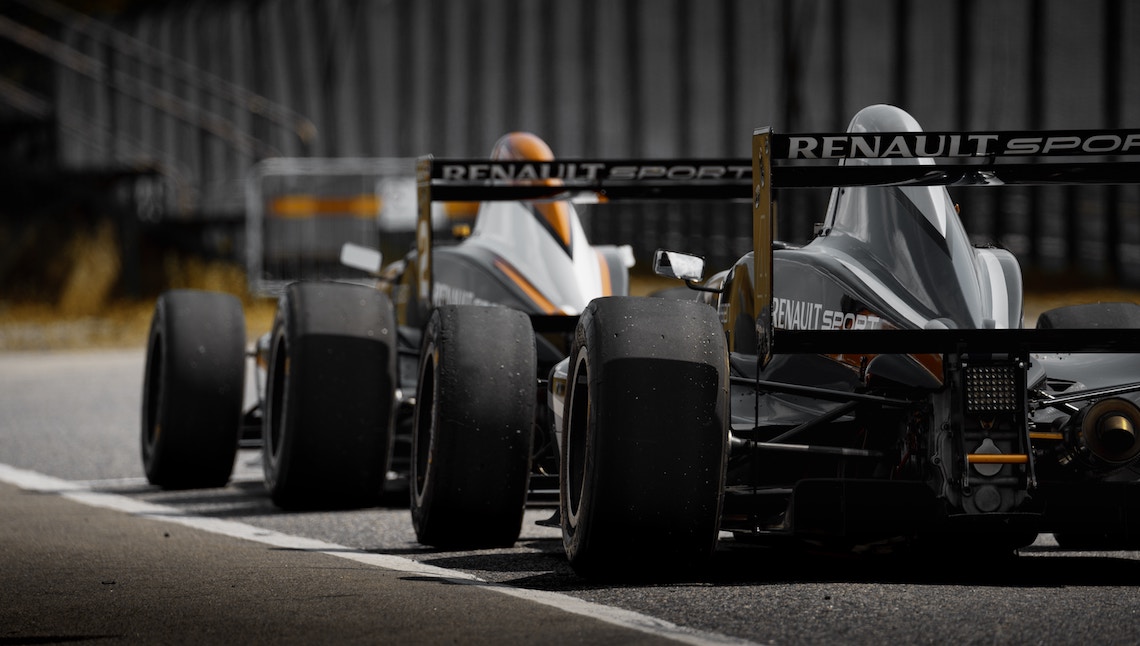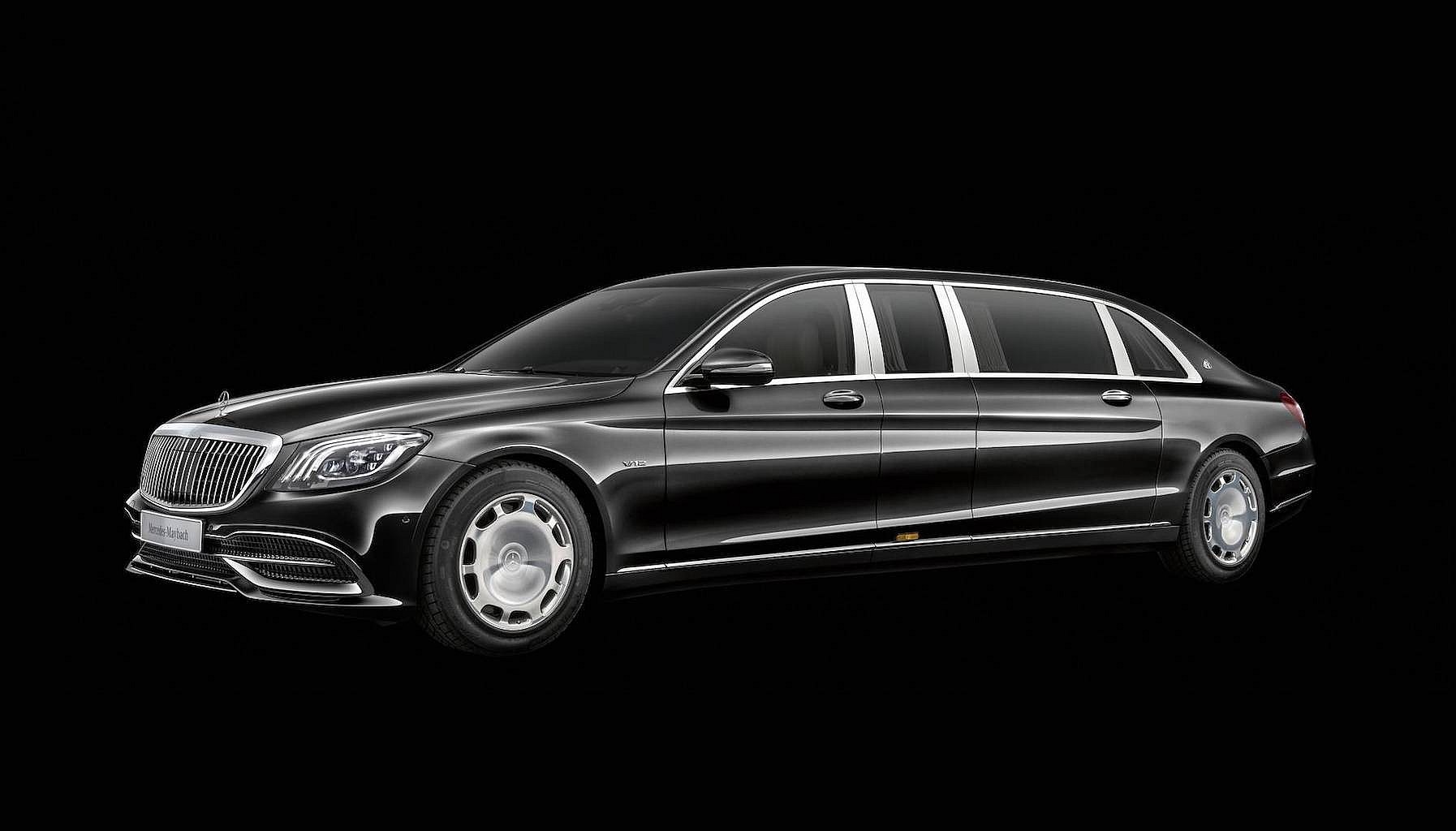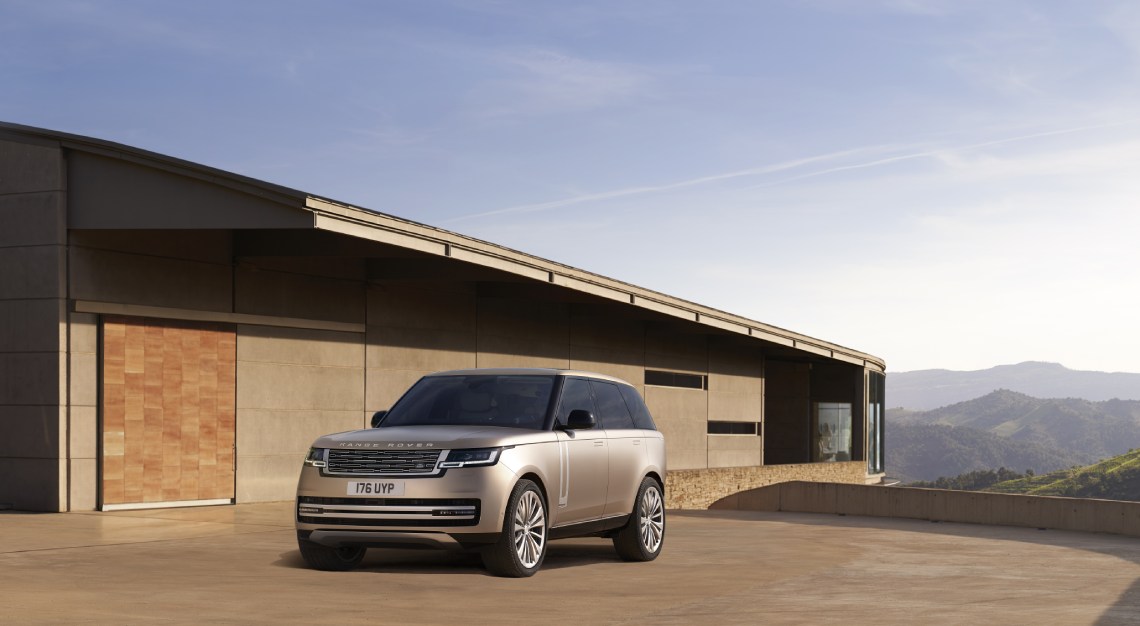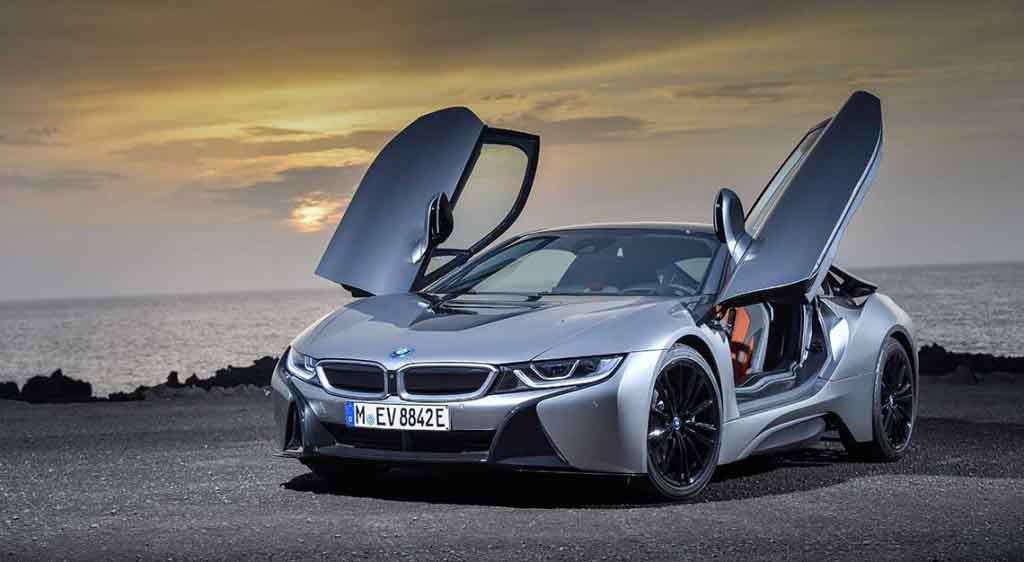Britannia Rules the Roads
There’s much that rests on Aston Martin’s DB11’s broad, sculpted haunches, which hide clever aerodynamic elements that channel air over the rear of the car, eliminating the need for a spoiler. The first all-new within and without Aston Martin in nearly two decades, this is the car that finally shakes off the spectre of years of Ford (mis) management. Developed with technology from Aston Martin’s partnership with Daimler (the parent company of Mercedes-Benz), it has a new aluminium chassis and a new twin-turbo V12 engine that spits out 600bhp.
Crucially, it also has new electricals and switchgear, that while distinctly recognisable from the three-pointed star’s vast parts bin, even the most cynical would be hard-pressed to say it’s poorly made. A far cry from the carmaker’s wonky Ford-era interiors, then. It’s a brave new world for Aston Martin. TheAston Martin DB11 is deeply impressive and is bound to be an unqualified success.
Having written about the upcoming Aston Martin DB11, it’s only fair to take a look at other landmark cars by Aston Martin, Here are our favourite three predecessors.

DB5
Year of production: 1963
The DB5 isn’t without technical merit – it has an all-aluminium V8 engine, dual overhead camshafts, synchromesh on all forward gears, disc brakes on all four wheels and electric windows. However, that’s not the reason why it deserves a place in the pantheon of significant Aston Martins. No, it earns its spot through its inextricable association with the world’s most famous fictional spy, James Bond. While he had a brief dalliance with Lotus in the 1970s and BMW in the 1990s, six Aston Martin models have been his co-stars, a tradition that began in 1964 when Sean Connery piloted a DB5 in Goldfinger.

V8 Vantage
Year of production: 1993
Flush with fat wads of American money (Ford’s; this would return to bite the carmaker in the bottom one day, but we digress), Gaydon saw fit to develop the V8 Vantage, a storming derivative of its existing V8 Virage. It also represents one of the few times in its history that Aston Martin would turn to forced induction. In the V8 Vantage’s case, it took the V8 used in the Virage, added two superchargers and a bit of displacement. The resulting 550bhp it produced made it one of the most powerful cars in the world at the time. Aston Martin would crank it up still further in 1999 when it made the V8 Vantage Le Mans, named in honour of the carmaker’s victory there four decades prior. Its 600bhp output made it the most powerful car in the world at one point. Granted, critics roundly panned its handling, but it deserves a place on this list for its sheer lunacy and audacity.

V12 Vanquish
Year of production: 2001
Any modern Aston Martin owes much to the V12 Vanquish. The first of the modern Aston Martins, it rested on a chassis composed of aluminium and composites, making it light, yet stiff – key ingredients to making a good sports car. The VH platform would go on to underpin all future Aston Martins for over a decade. A 5.9-litre V12 with 460bhp (it would rise to 520bhp by the time its production ended in 2007) ensured it had the necessary grunt to back up the promise of its advanced mechanical platform.
